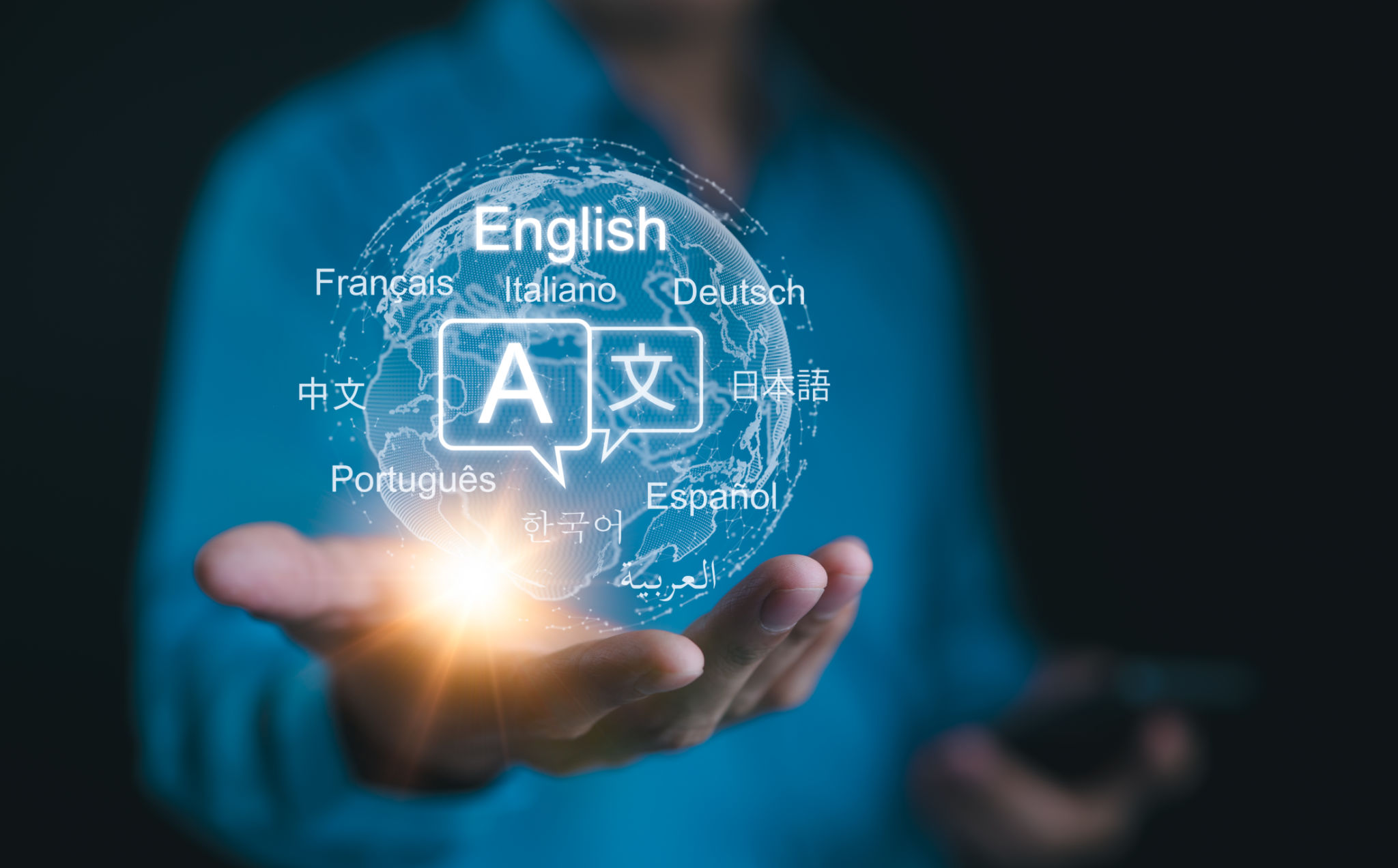Current Trends in French Language Learning
Ki
The Rise of Digital Platforms
In recent years, the landscape of French language learning has been significantly shaped by the rise of digital platforms. These platforms offer a variety of resources that cater to different learning styles, from interactive apps to comprehensive online courses. With the convenience of learning at one's own pace, more people are gravitating towards these digital solutions.
One of the major advantages of digital learning is accessibility. Learners can access materials anytime and anywhere, breaking down geographical barriers. Additionally, many platforms incorporate engaging elements such as gamification, which can make learning more enjoyable and effective.

Popular platforms like Duolingo and Babbel have set a precedent by integrating AI and machine learning to tailor the learning experience to individual needs. These tools provide instant feedback and personalized lessons, enhancing the overall effectiveness of language acquisition.
Emphasis on Conversational Skills
Another current trend in French language learning is the emphasis on developing conversational skills. While grammar and vocabulary remain important, there is a growing focus on practical communication abilities. This shift is largely driven by the need to use the language in real-world situations, such as traveling or working in a French-speaking environment.
Language learners are increasingly seeking out opportunities for conversational practice. This can be achieved through language exchange programs, where learners pair up with native speakers for mutual practice. Such exchanges not only improve fluency but also provide cultural insights and foster global connections.

Additionally, many language schools and online platforms now offer conversation-focused courses, which prioritize speaking and listening exercises over traditional classroom lectures.
Integration of Cultural Context
Cultural immersion is becoming an integral part of French language education. Understanding cultural nuances and context can greatly enhance communication skills and deepen one's appreciation for the language. Many courses now include aspects of French culture, history, and lifestyle as part of their curriculum.
This approach helps learners develop a more holistic understanding of the language, going beyond mere words and phrases. By incorporating films, music, and literature into lessons, educators aim to make the learning process more engaging and relevant.

Furthermore, virtual reality (VR) technology is starting to play a role in cultural immersion. VR experiences allow learners to explore French-speaking environments virtually, providing an interactive way to learn about culture and language simultaneously.
The Role of Social Media
Social media platforms are emerging as valuable tools for French language learners. Networks like Instagram, YouTube, and TikTok feature content creators who focus on language learning tips and tricks. These platforms provide informal and accessible ways to practice language skills while engaging with a global community.
By following French-speaking influencers or joining language-specific groups, learners can immerse themselves in everyday conversations and current trends within French-speaking communities. This exposure helps improve listening skills and keeps learners updated on colloquial expressions.
Moreover, social media challenges, such as posting daily in French or participating in hashtag-driven discussions, encourage consistent practice and engagement.
Personalized Learning Paths
Personalization in language learning is gaining momentum as technology continues to advance. Adaptive learning systems assess individual progress and adjust content accordingly. This ensures that each learner receives a tailored experience based on their strengths and weaknesses.
Such personalized paths help maintain motivation by challenging learners just enough to prevent frustration while ensuring steady progress. Users can focus on areas needing improvement while reinforcing what they have already mastered.

Overall, these trends indicate a dynamic shift in how French is being taught and learned today. By embracing digital tools, cultural contexts, and personalized approaches, learners are better equipped to achieve fluency in an ever-evolving world.
